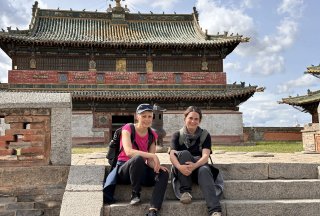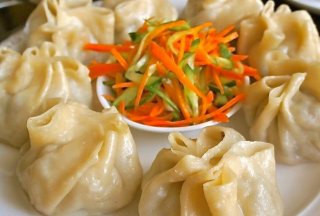Mongolia is the sunniest country in the world, but its capital, Ulaanbaatar, is also the coldest. It has an intense continental climate with long, harsh winters and short, but warm summers. Transitional phases are brief, lasting no more than four to five weeks. Only in mid-April does Mongolia begin to warm up, and by the end of May, daytime temperatures typically reach +16 degrees Celsius. Although the tourism season begins here, it is still cold at night, with temperatures around freezing. The months of mid-June to the end of August are the best for travel, with plenty of sunshine and little rain. The average daily temperature is +23. The maximum daily temperatures are often +20 to +25 degrees Celsius, with temperatures dropping only to a warm +13 degrees Celsius at night. It will begin to rain before noon. Even in the first part of September, there are night frosts in central, western, and northern Mongolia, despite normal daily temperatures of +10–+15 degrees Celsius. However, September is the best month to visit the Gobi.
WHEN IS THE BEST TIME TO VISIT MONGOLIA?
The Mongolian Naadam Festival is best seen in July.
The Gobi Desert is at its best from the end of May until the end of September and October.
Mongolia is best visited between July and August, with September being the shoulder season.
The Golden Eagle Festival takes place in Altai, Western Mongolia, during the first week of October.
The White Moon Festival/New Year Festival (according to the lunar calendar) (Tsagaan Sar) and the snowy winter season in Mongolia are best enjoyed in February, and the Tausand Camel Festival in the Gobi is also worth visiting.
The month of March is ideal for attending events. Ice Festival in Khuvsgul Lake, northern Mongolia, and Eagle Festival in Ulaanbaatar.
The Thousand Horse Festival and a visit to reindeer herders in Taiga are best experienced in November.




 Амар
Амар 














